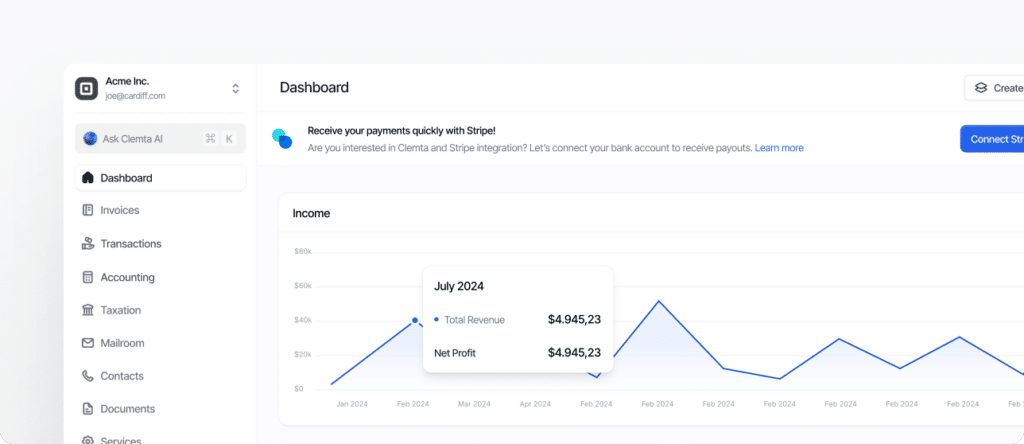The buying and selling of goods or services via the internet, often through online stores or marketplaces, involving digital marketing, electronic payment systems, and delivery logistics.
What is E-commerce?
E-commerce (electronic commerce) refers to conducting business transactions online, whether through a company’s own website, third-party marketplaces (like Amazon, eBay, or Etsy), or social media platforms with integrated shopping features. It covers a wide range of models, including B2C (business-to-consumer), B2B (business-to-business), C2C (consumer-to-consumer), and D2C (direct-to-consumer).
Key components of e-commerce include product listing and catalog management, online payment processing, shipping and fulfillment, and customer service. Businesses often use specialized e-commerce platforms such as Shopify, WooCommerce, or BigCommerce to manage operations. Payment gateways like Stripe, PayPal, or Square facilitate secure transactions, while tools like inventory management software, SEO, and digital advertising help drive sales.
For U.S. businesses (especially those owned by non-U.S. residents) e-commerce can provide global market access without the need for a physical storefront. However, selling online also comes with compliance requirements, such as collecting and remitting sales tax in states where the business has a tax nexus, following data protection laws, and complying with shipping and consumer protection regulations.
E-commerce can be combined with models like dropshipping, where the seller doesn’t hold inventory, or print-on-demand, where products are made to order. This makes it a popular choice for startups, small businesses, and international entrepreneurs seeking a low-cost entry into the U.S. market.

